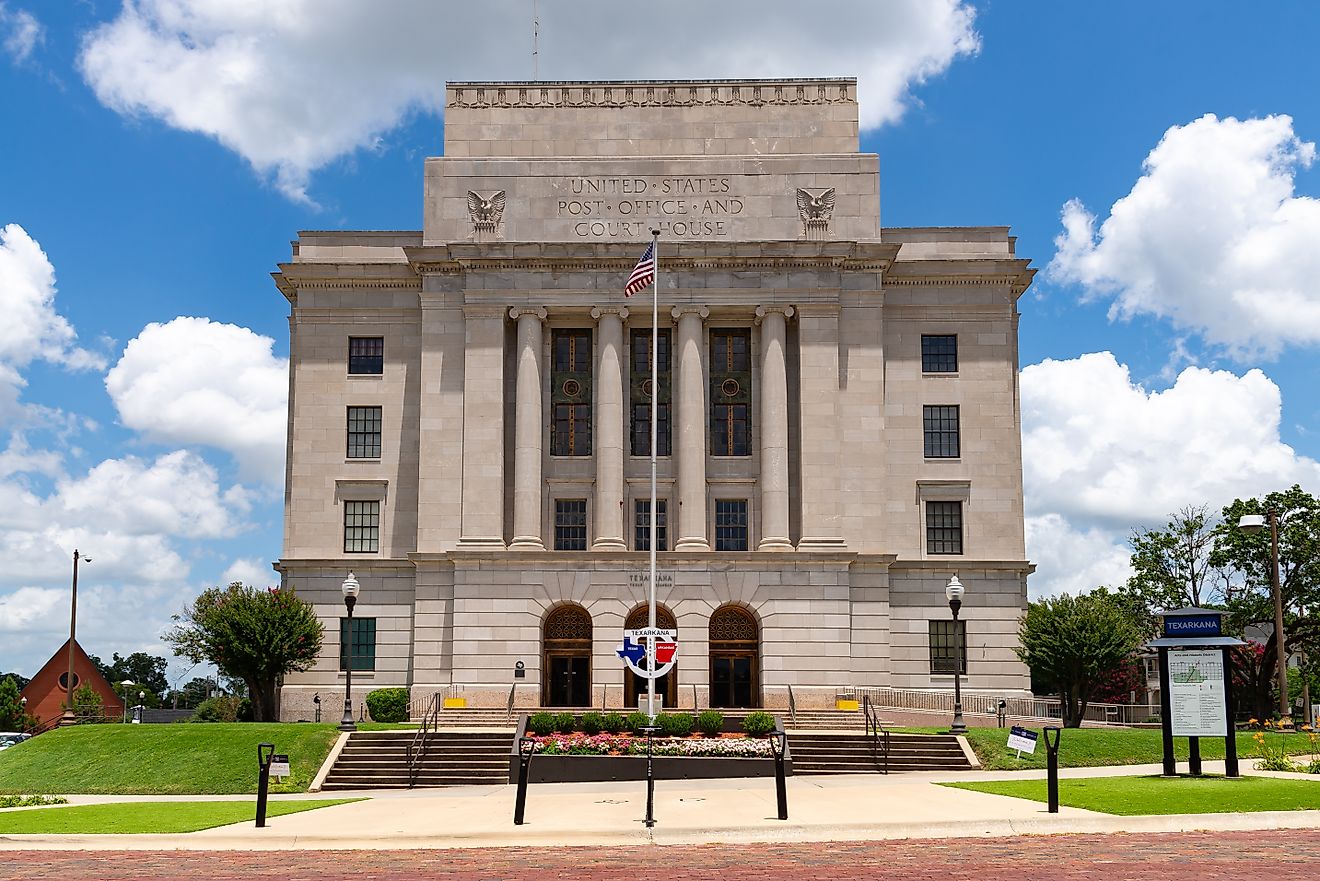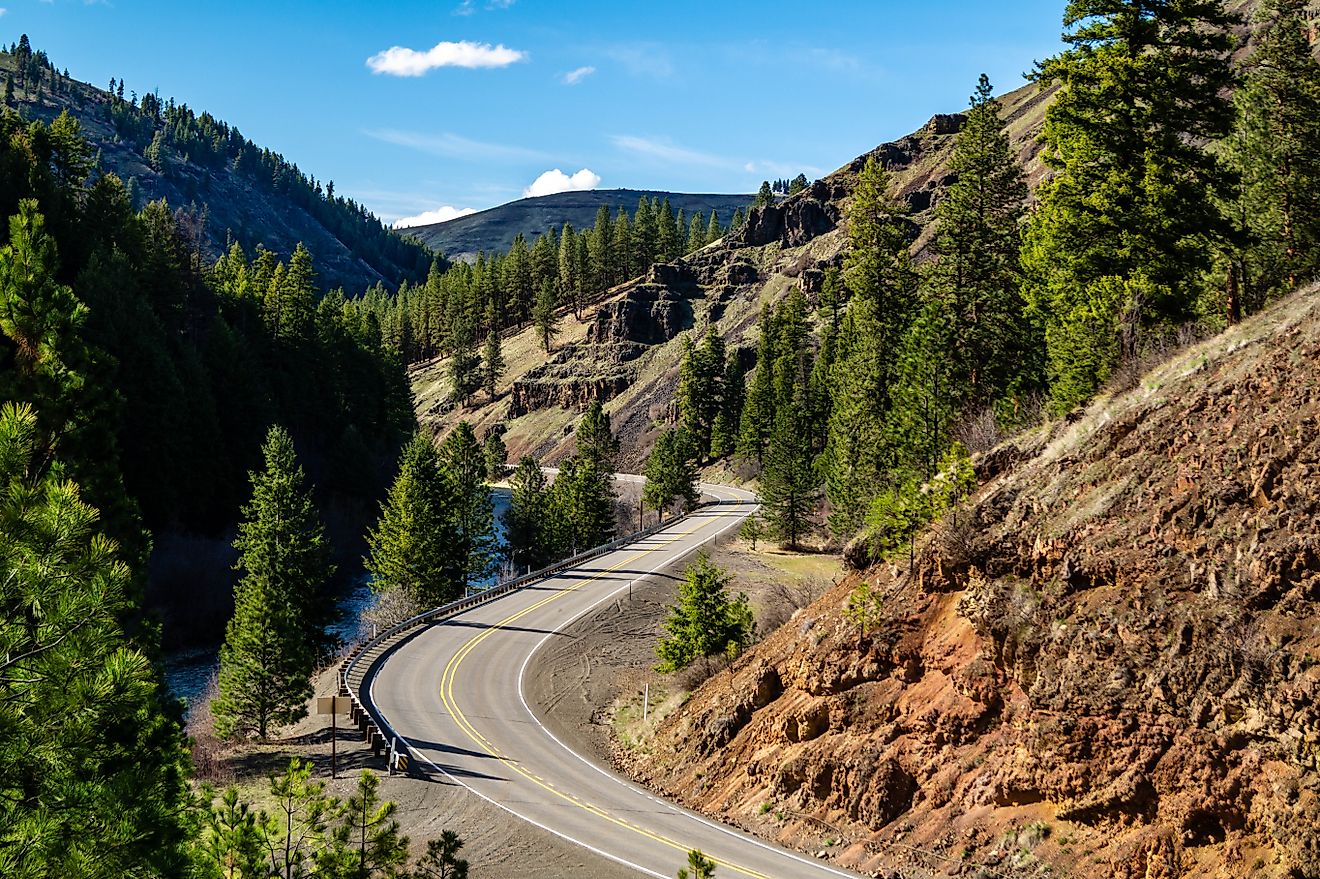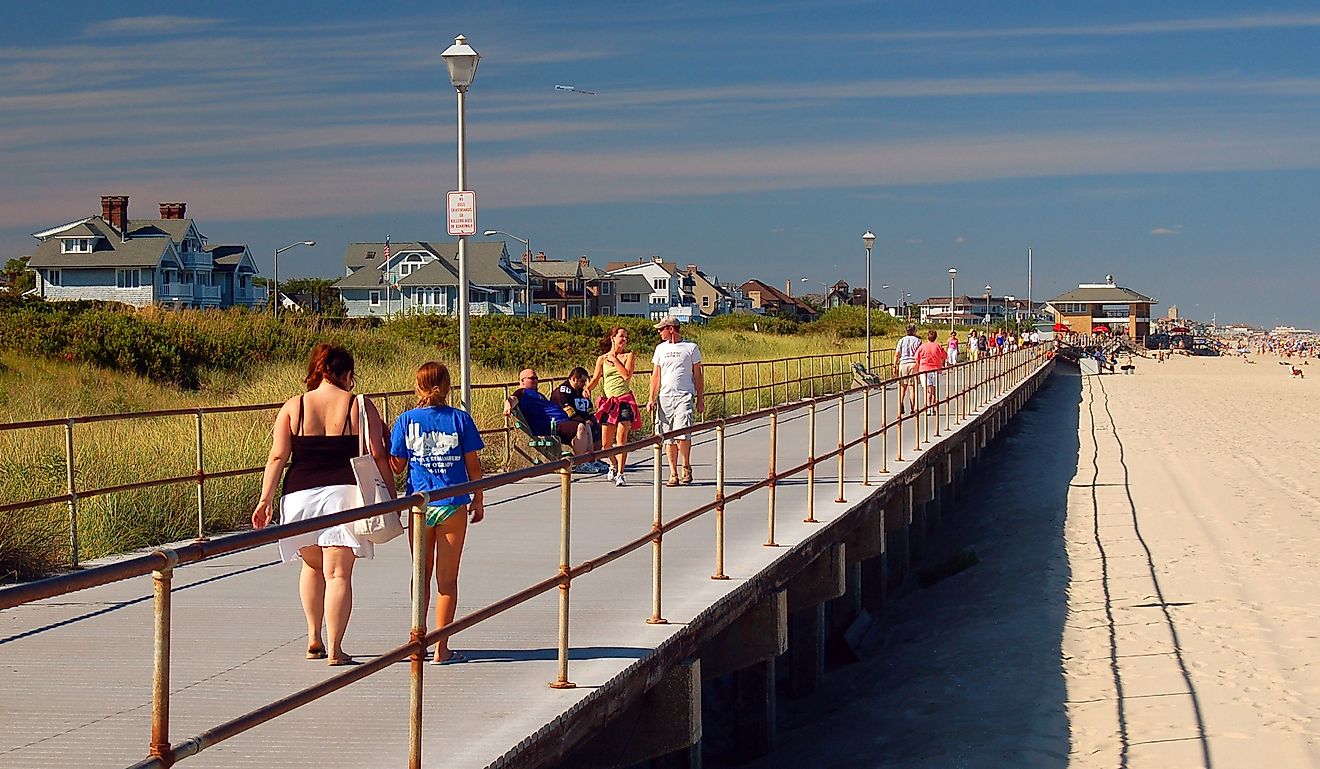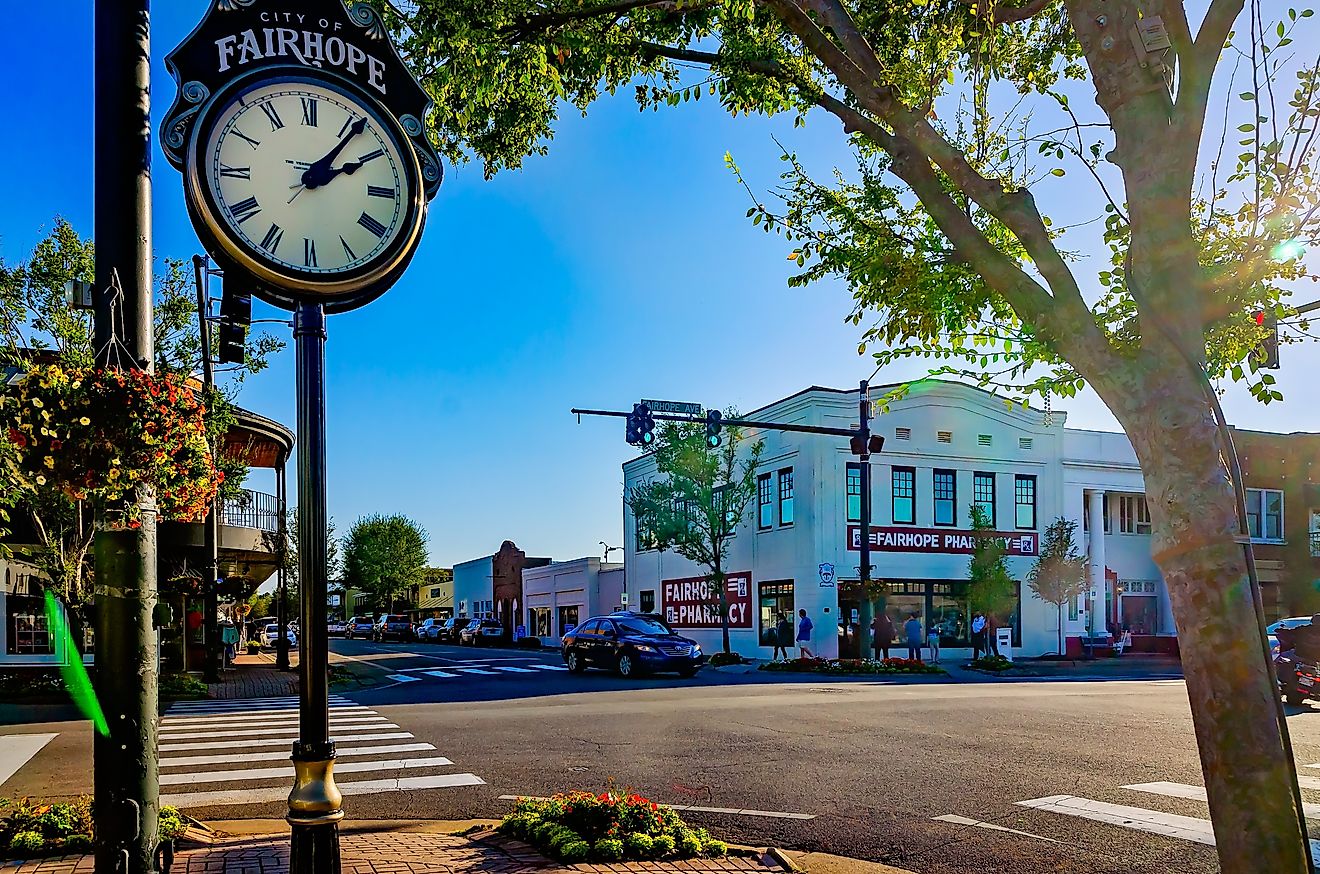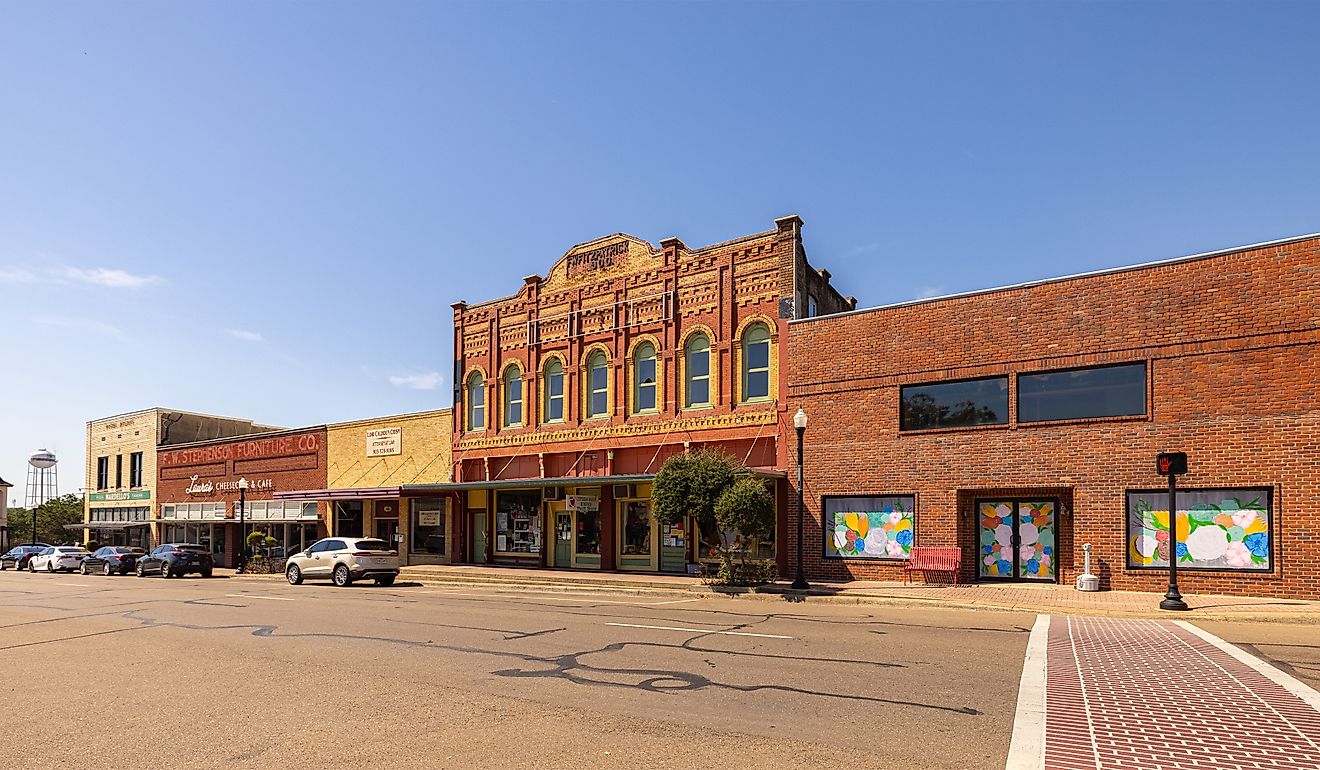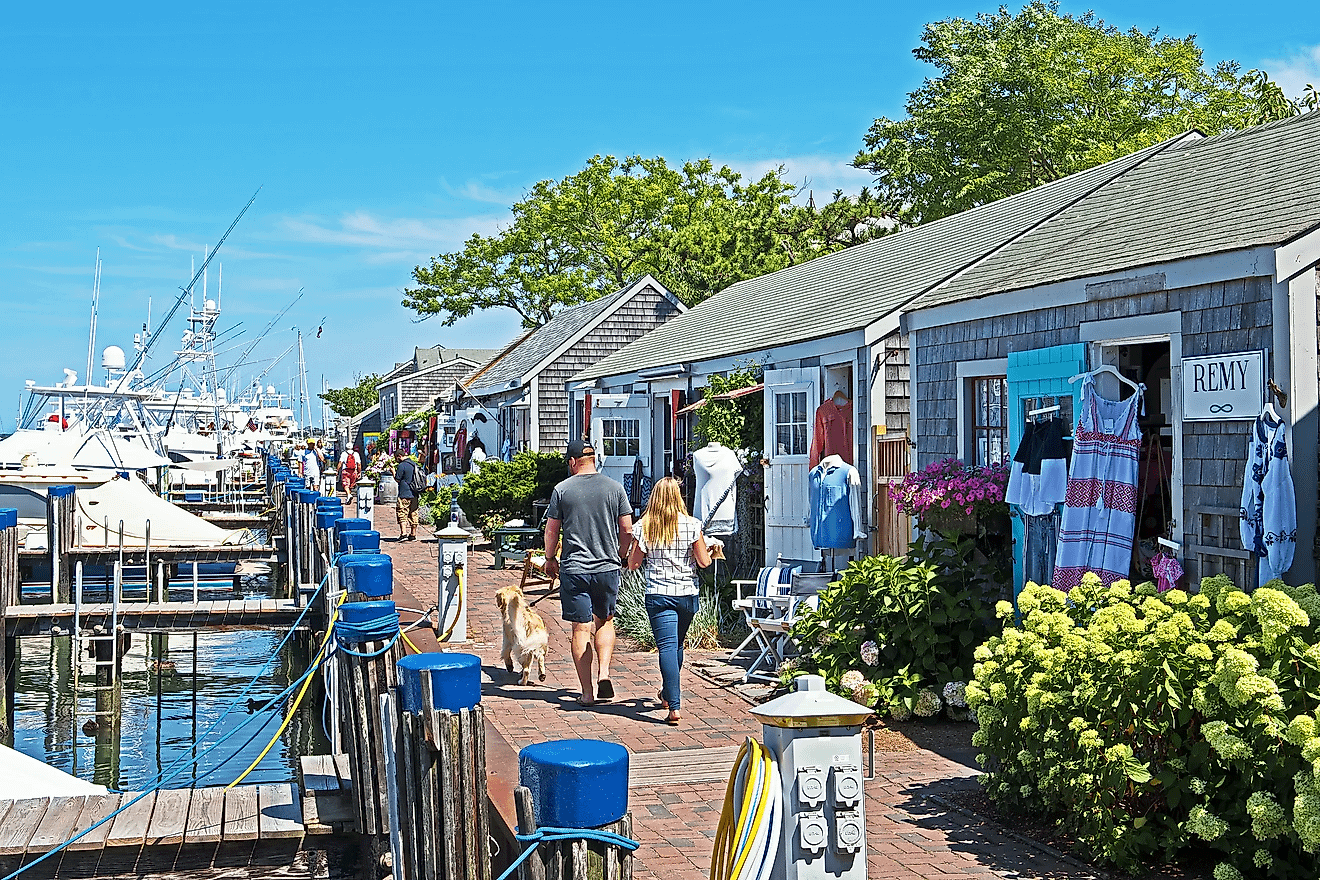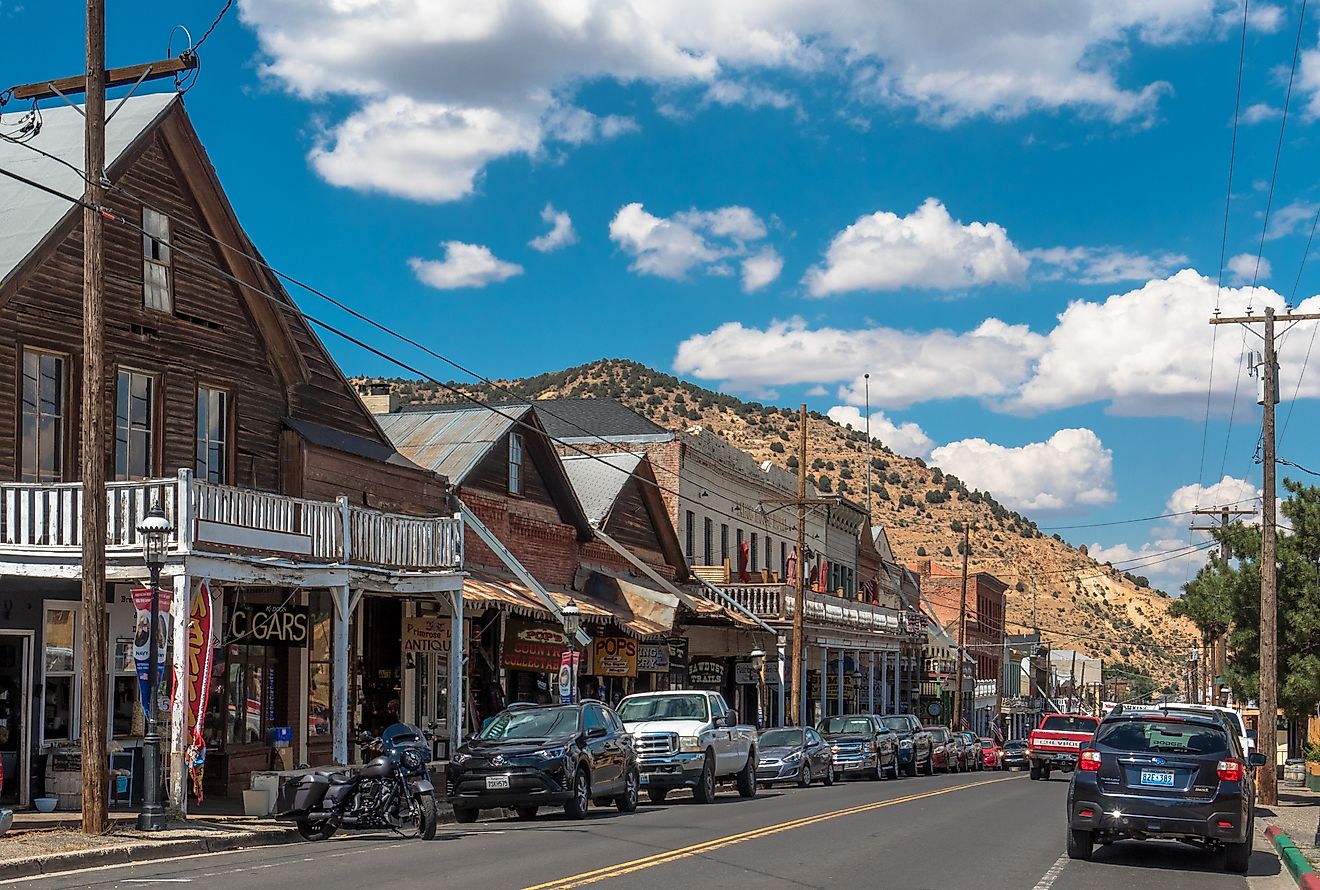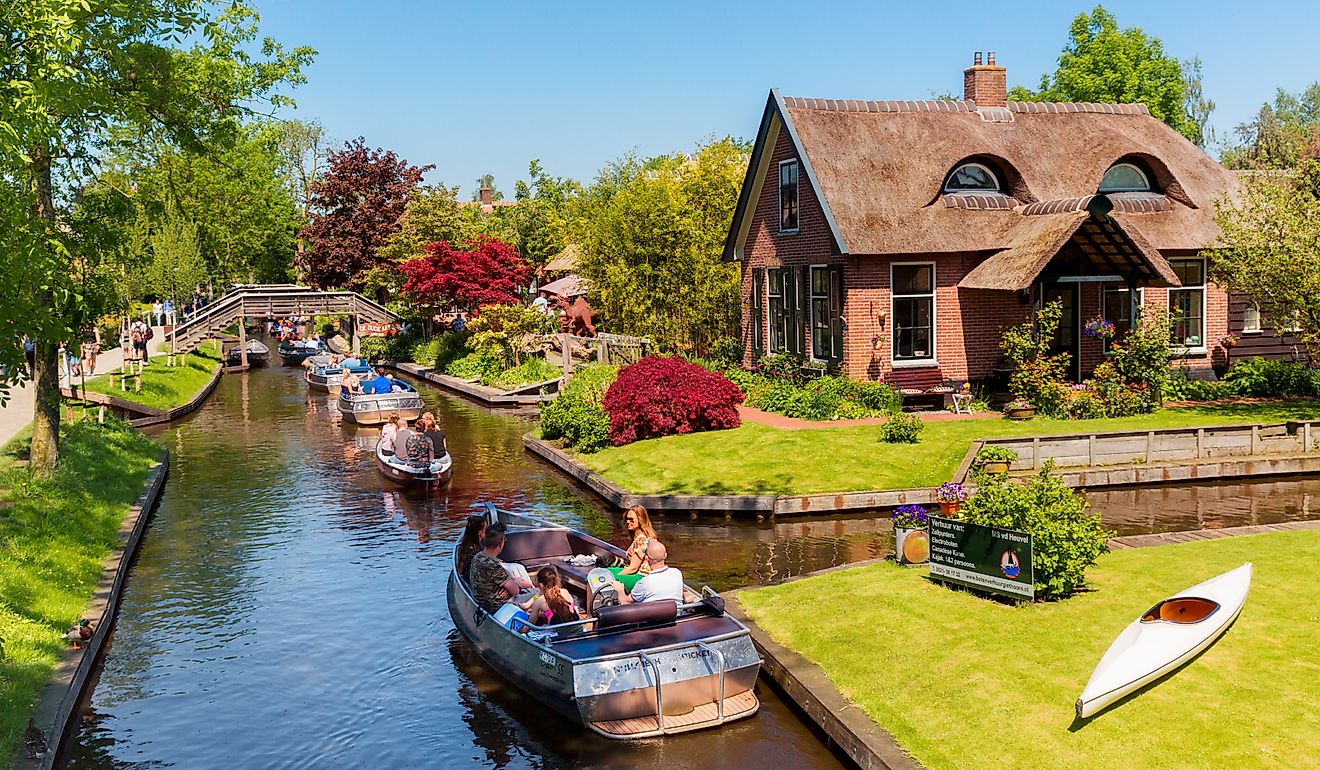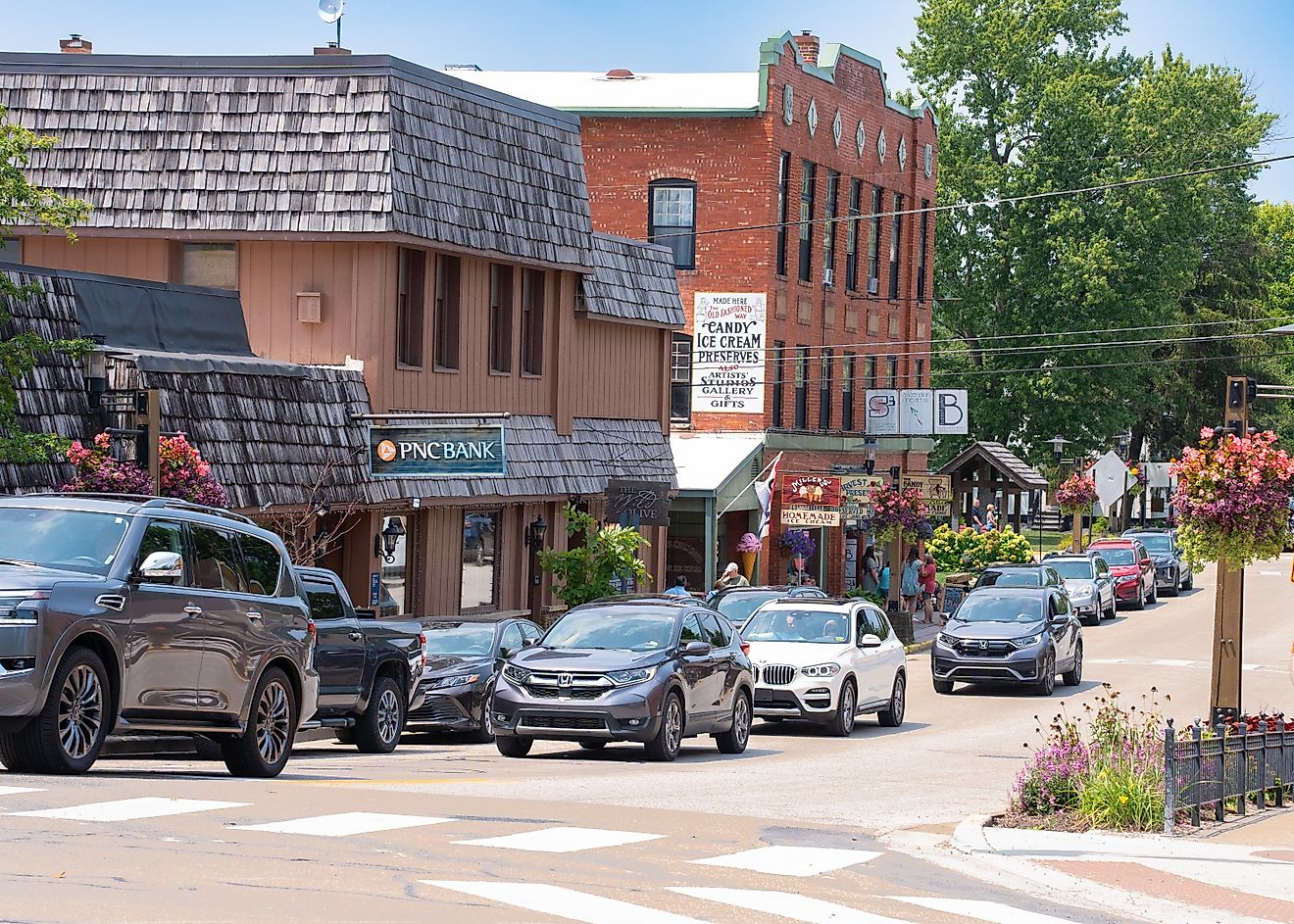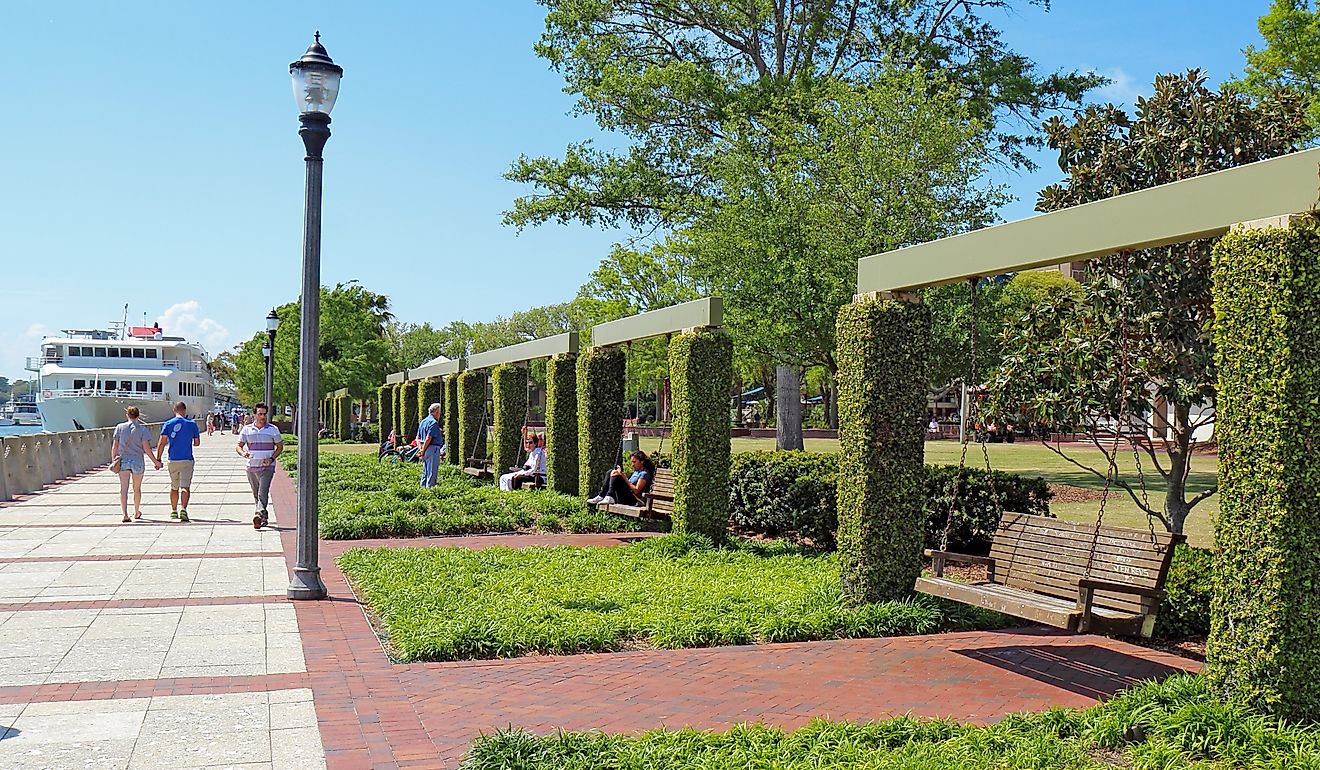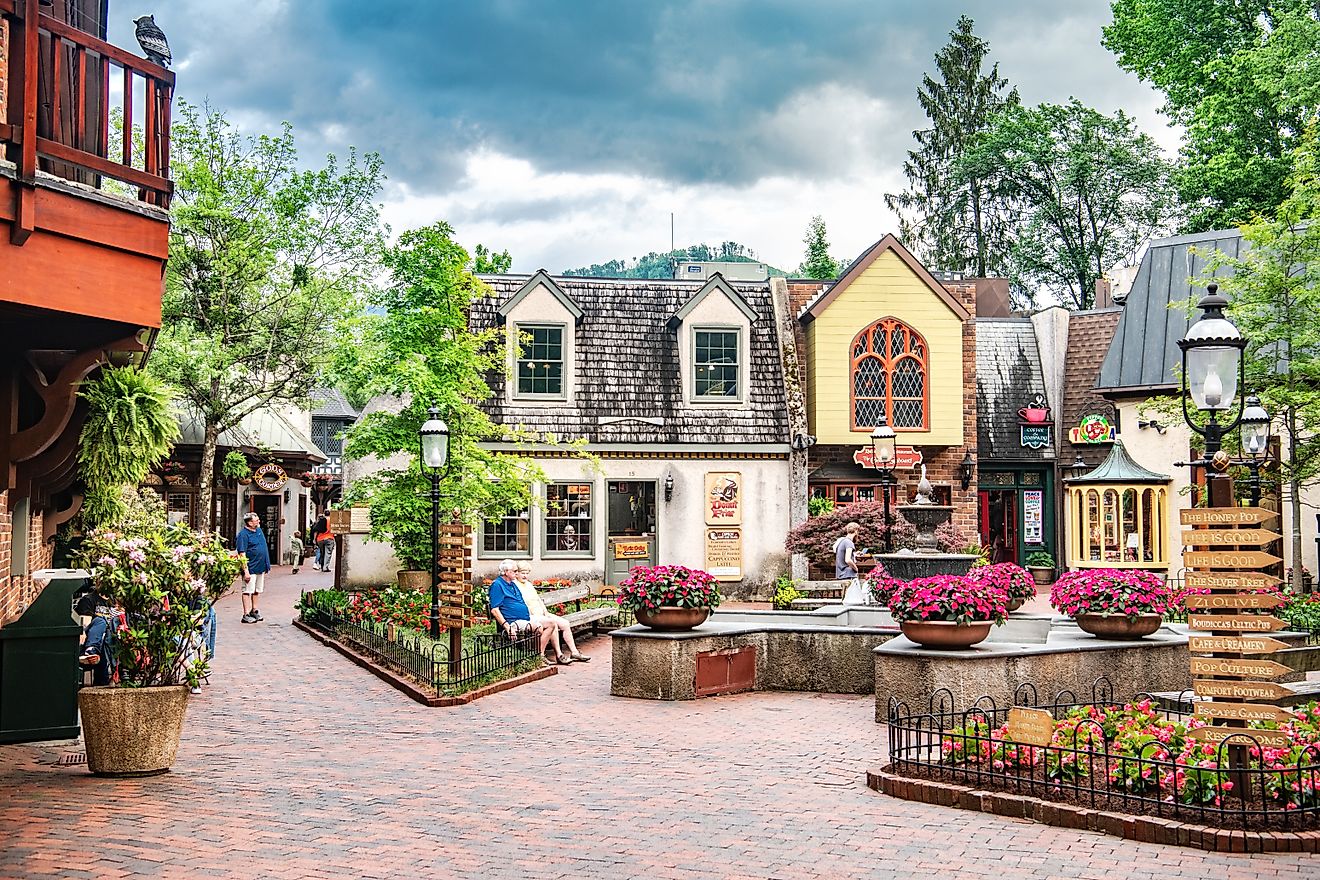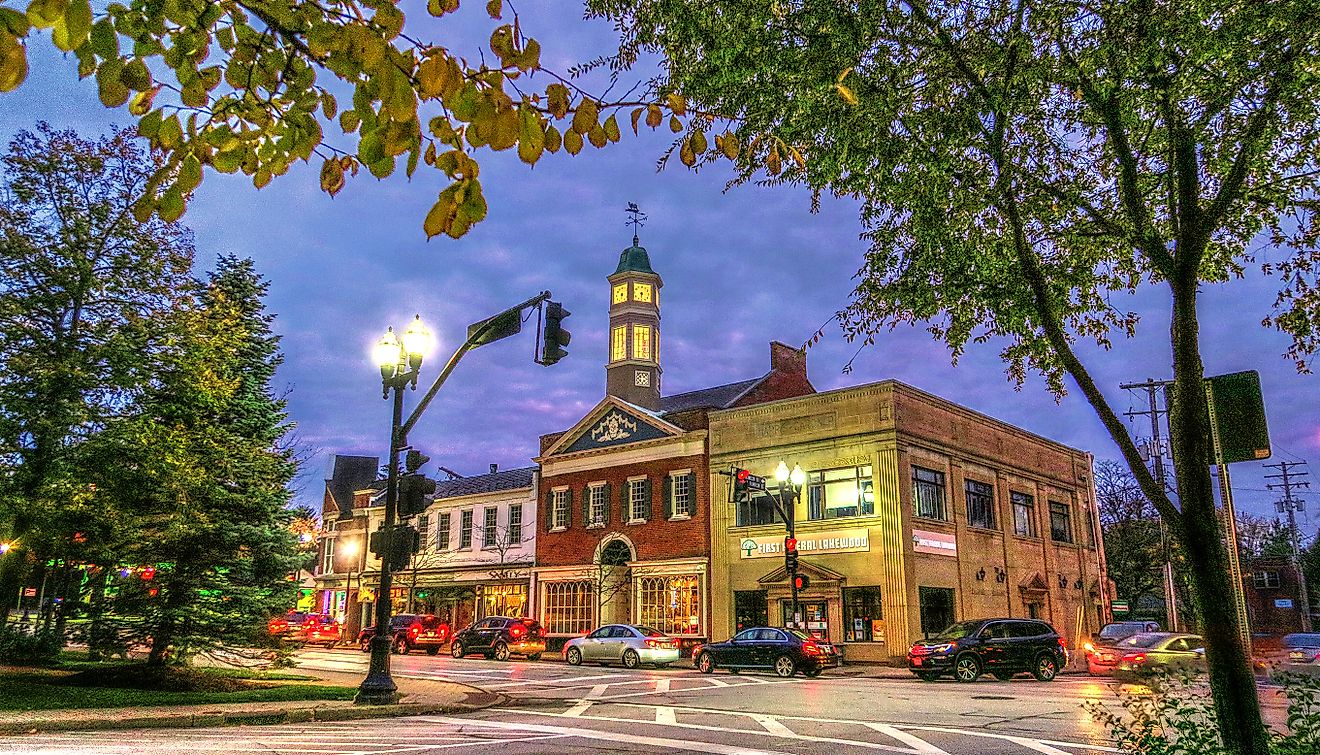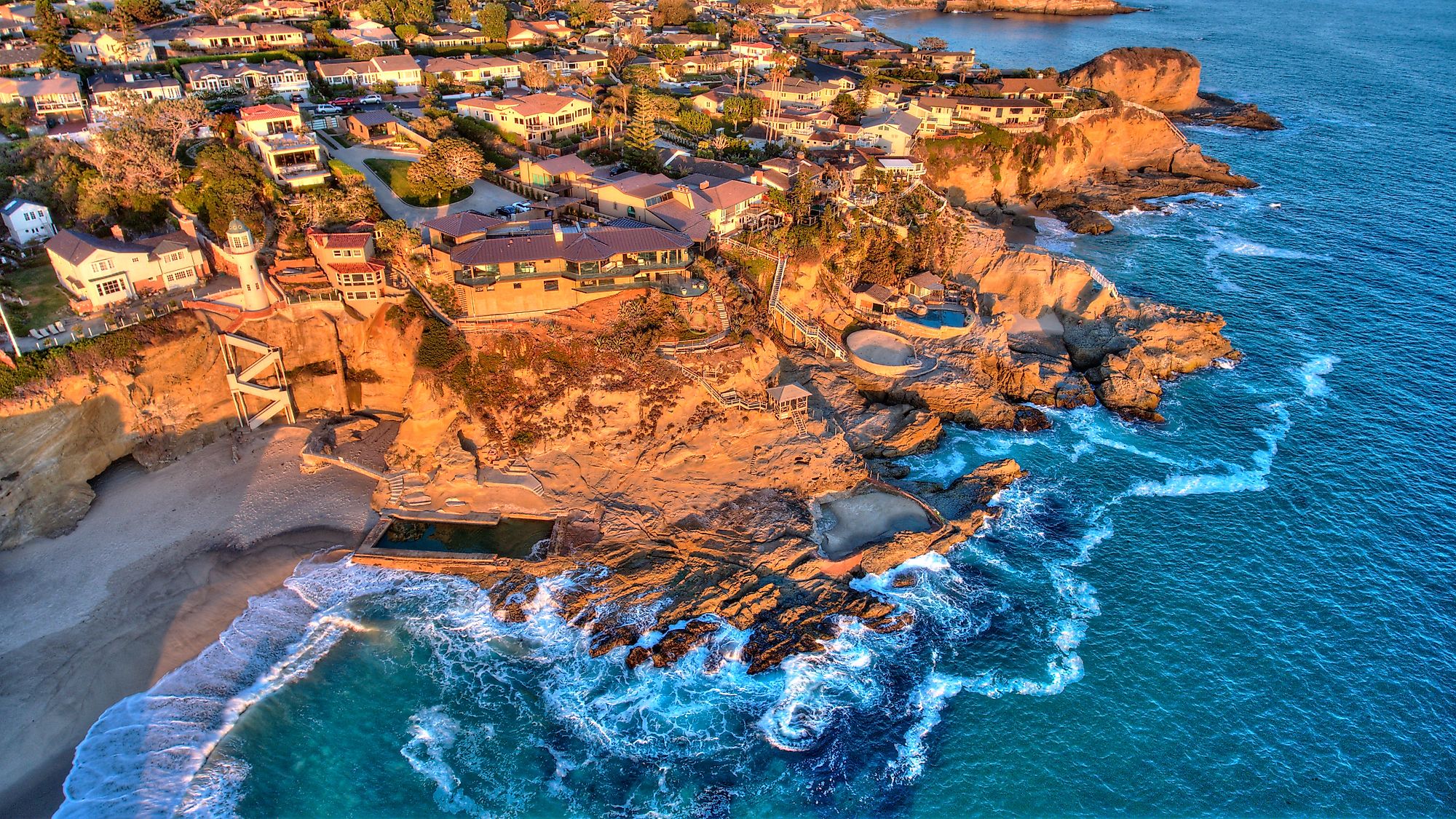
Laguna Beach, California
Laguna Beach is a city located in Orange County, southwestern California, in the United States. It was founded in 1887 as Lagonas and was renamed Laguna Beach in 1904. Situated among stunning cliffs, caves, and canyons, the city of Laguna Beach developed as a coastal resort and art colony. The city is now home to a population of 23,000 people and draws millions of visitors annually with its many festivals and biking trails.
Geography Of Laguna Beach
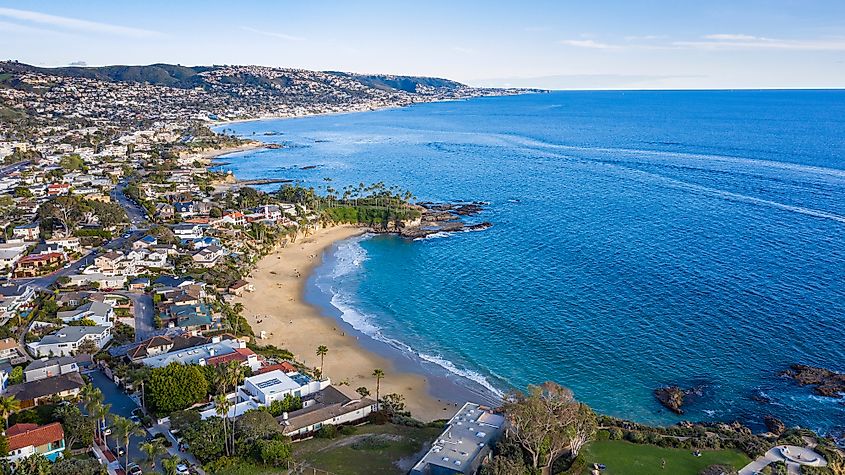
According to the U.S. Census Bureau, Laguna Beach has a total area of 25.4 square km, of which 22.9 square km is land, and 2.5 square km is water. The city's coastline is 11 km long and includes more than 20 beaches and coves. It is bordered by the city of Newport Beach Crystal Cove State Park on the northwest, the Pacific Ocean on the southwest, Dana Point on the southeast, Laguna Niguel and Aliso Viejo on the east, and Laguna Woods on the northeast.
The land in the Laguna Beach region rises quickly from the shoreline into the hills and canyons of the San Joaquin Hills. The town's highest point is Temple Hill in the Top of the World neighborhood, at an elevation of 307 m. Few roads run into or out of town due to its hilly topography and surrounding parklands.
The Population Of Laguna Beach
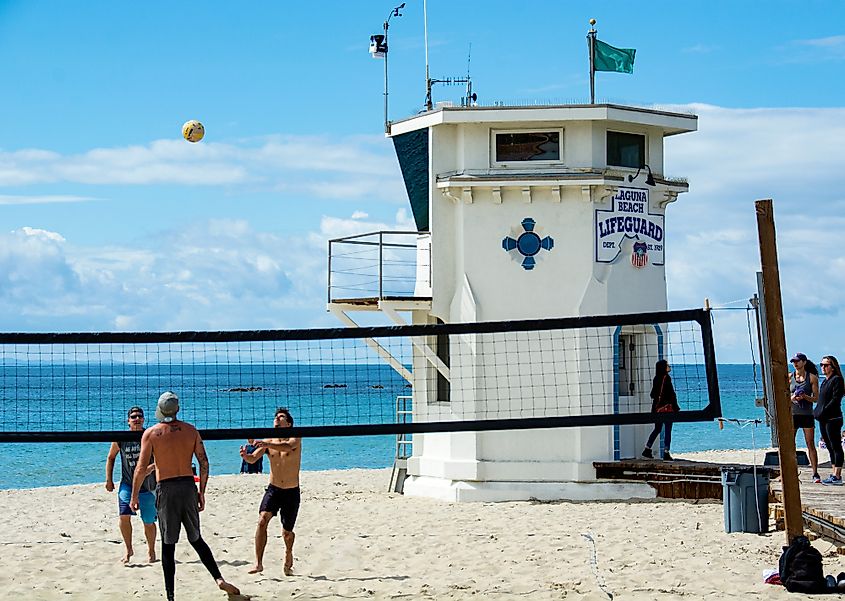
In 2019, Laguna Beach in California had a population of 23,000 people, of which 95.4% were U.S. citizens. The city had 13.8 times more White residents, most of whom are considered non-Hispanic, than any other race or ethnicity. Around 85% of the city's population is non-Hispanic White. The Hispanic group represents 6.05% of the city population, followed by Asian at 3.7%, Two or more races at 3.35%, and Black or African American at 0.84%. All the households in Laguna Beach speak English at home as their primary language. Around 13.2% of residents were born outside the country.
The largest university in Laguna Beach by the number of degrees awarded is Laguna College of Art and Design. The most popular majors in Laguna Beach are Animation, Video Graphics & Special Effects, General Fine Studio Arts, and Game &Interactive Media Design. The student population in Laguna Beach consists mostly of women, mainly White, followed by Hispanic and Asian.
The Economy Of Laguna Beach
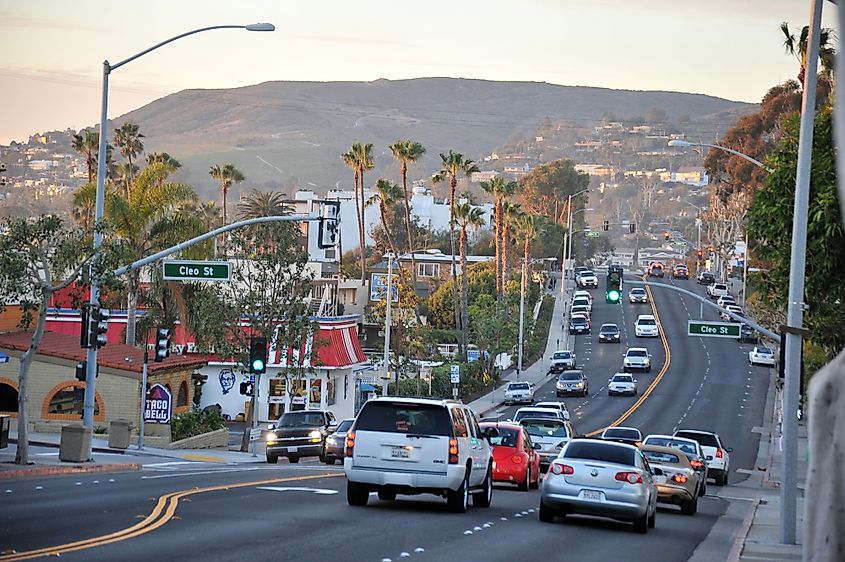
The median household income in Laguna Beach is $129,983. The income inequality in California (measured using the Gini index) is 0.499, which is higher than the national average. Males tend to earn more with an average income that is 1.26 times higher than the average income of females. People in Laguna Beach work in different industries, but the largest ones are Professional, Scientific, & Technical Services, Retail Trade, and Health Care & Social Assistance. The highest paying industries are Utilities, Finance & Insurance, and Health Care & Social Assistance.
In 2019, the homeownership in Laguna Beach was 64.3%, and the average car ownership was two cars per household. About 6.32% of the population whose poverty status is determined live below the poverty line, lower than the national average of 12.3%.
History Of Laguna Beach
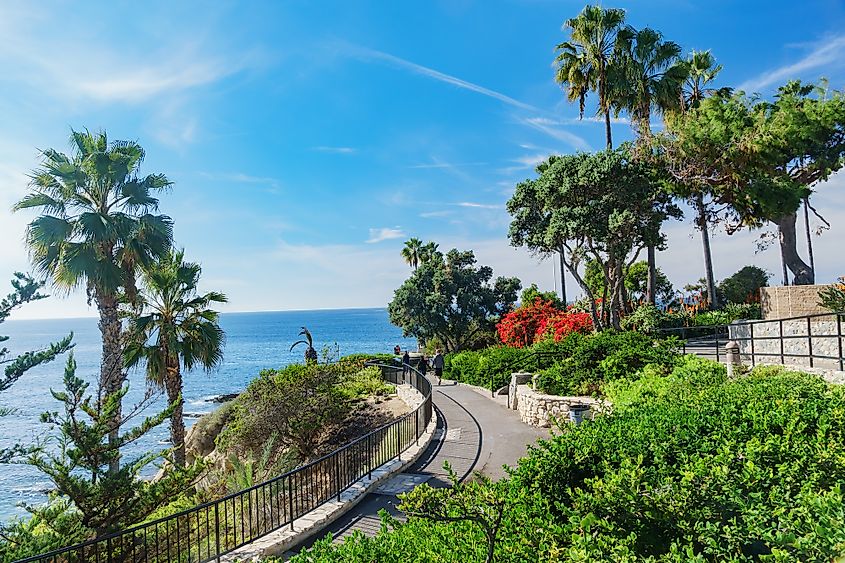
Laguna Beach was one of the areas in the region that wasn't part of the Mexican or the Spanish Land Grants, nor were there ranches developed in the area like nearby San Juan Capistrano. Modern settlers began arriving after Abraham Lincoln passed the Homestead Act. The first two settlers were George Thurston, Sr., and Fredrick Sievert's family. They came to the area in the 1870s. In the 1880s, a shipwreck off the coast left a few survivors, and Joe Lucas, a Portuguese man, made his way to Laguna Beach, where he settled in with the others. Lucas was a quirky bearded man who couldn't speak English fluently but dedicated his life welcoming others to Laguna Beach and went on the stagecoaches from El Toro and Santa Ana. He was popular in the area as he brought smiles to everyone around and carried a trident fishing spear with him to catch fish. He was likened to King Neptune until he passed away in 1908.
Laguna Beach gained access to the El Toro railroad when a stagecoach line was connected to the area in 1888. People started building their homes in the 1880s, three of which are still standing today. The home at 154 Pearl Street was built in 1883, 411 Arroyo Chico was built in 1884, and the Cope House at 412 Glenneyre Street was built in 1897.
Because of the climate of the region, many visitors began coming to Laguna Beach from inland areas to escape the heat, and at some point in the early 1900s, the people in Laguna Beach built a tent city along the coast at Broadway and Pacific Coast Highway to provide shelter for seasonal visitors. The official Pacific Coast Highway opened in 1926 and simplified travel to and from the area. The city of Laguna Beach was later incorporated in 1927. The city has always been a popular tourist destination, and several historic hotels were built, such as the La Casa Del Camino hotel, which was opened in 1929, and a new Hotel Laguna opened in 1930.
In 1903, the Art Colony began when Norman St. Clair and other early artists, including Frank Cuprien, William Wendt, and Edgar Payne, arrived to the city. The artists, along with residents and other artists, worked to maintain the small town artistic reputation of Laguna Beach.
The residents of Laguna Beach hosted the Festival of the Arts in an attempt to attract visitors from Los Angeles after the 1932 Olympics. The event was successful and continued and grew, becoming one of California's most popular annual events. The city also had the Pageant of the Masters, which originated at this time, and in 1967, Laguna Beach began hosting Laguna Art-A-Fair and the Sawdust Festival.
Tourist Attractions In Laguna Beach
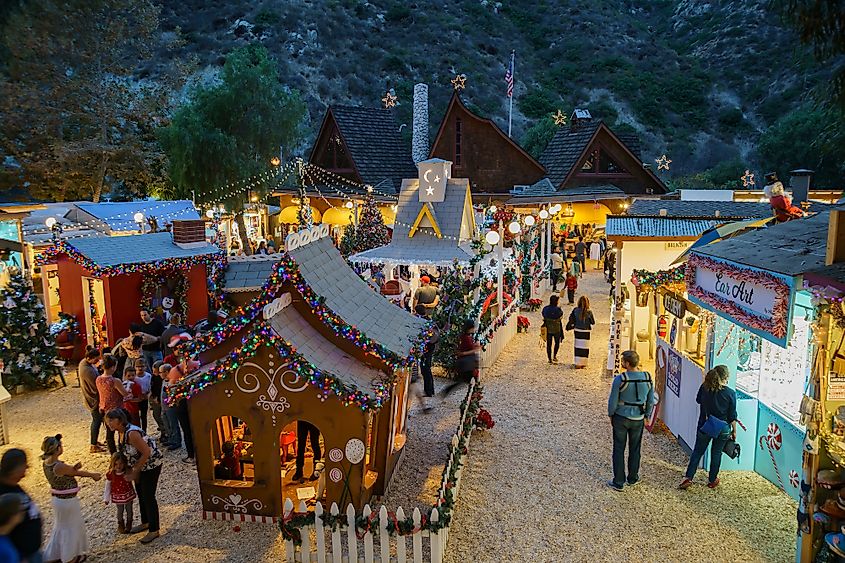
The beautiful coastal city of Laguna Beach is a popular travel destination as it offers a choice of sandy beaches, restaurants, art galleries, and many other unique attractions.
One of the top Laguna Beach attractions is the Crystal Cove State Park. It is one of California's largest open spaces and natural coastline. Visitors come to hike, bike, and enjoy fishing, scuba diving, and surfing in the area. Crystal Cove State Park features beautiful sandy beaches, excellent surf, shimmering tidal pools, and thickly wooded canyons and ridges, making it a spectacular natural landscape.
The Pacific Marine Mammal Center, established as Friends of the Sea Lion in 1971, is also a popular destination among visitors. The center rescues, take care of and releases marine mammals back into their natural habitats. It was the first of its kind in California when it was first established. Visitors and local residents take their children to see the animals the center takes care of, such as California sea lions, Northern fur seals, Pacific harbor seals, and Northern elephant seals.
